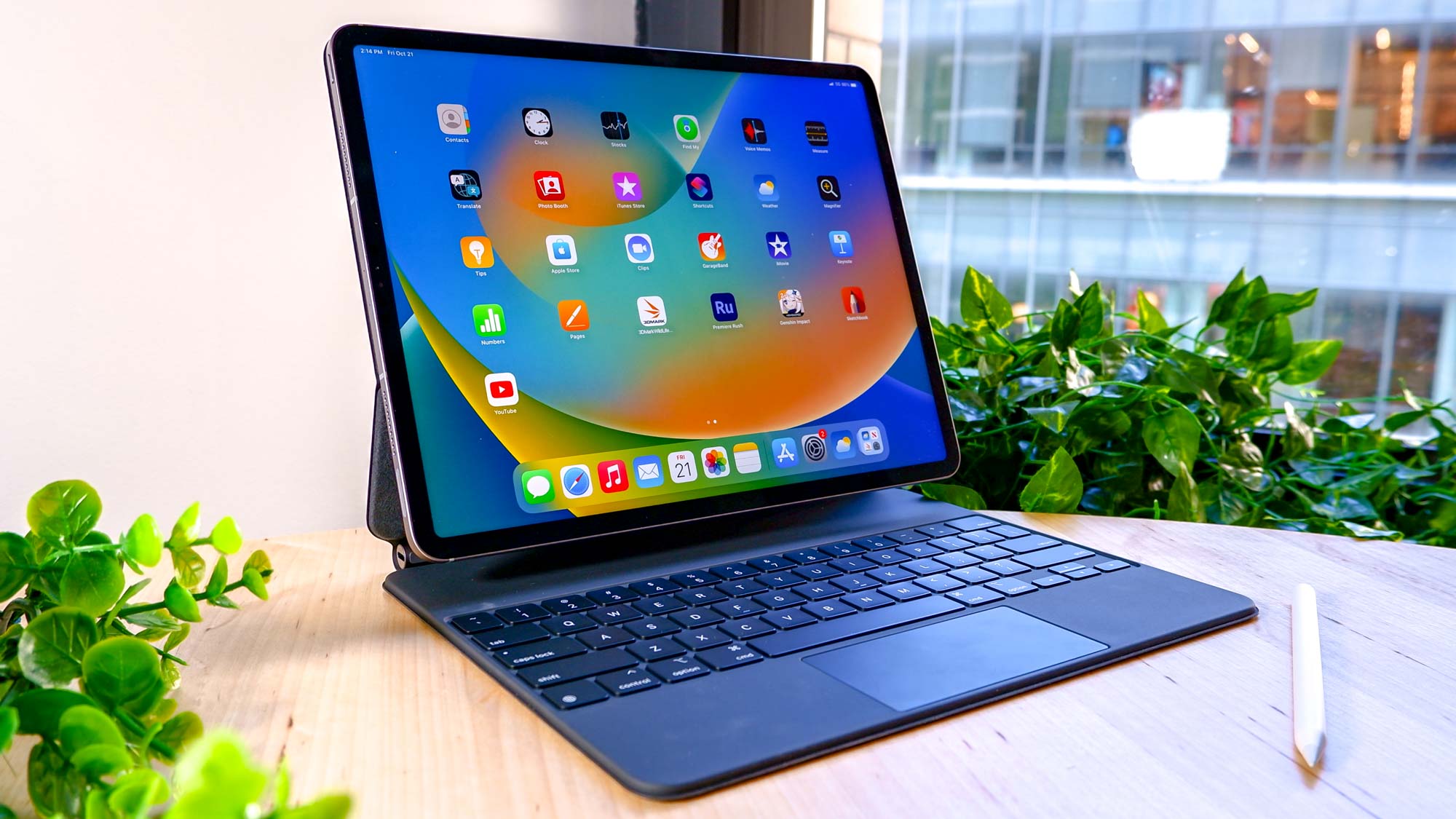Forget mini-LED — iPad Pro could get OLED display next year
iPad Pros could be getting a key display upgrade in 2024

Update: The OLED upgrade has again been rumored for the 2024 iPad Pro.
We’ve already been hearing rumors about the first OLED iPad Pros, but the latest report from Korea’s ET News now claims these new tablets will debut in 2024.
If you prefer your OLED panels on a laptop instead, MacBook Pros with OLED displays will follow the iPad Pro in 2026, the report continues.
“The specific types of panels are 10.86 inches and 12.9 inches for the iPad, and 14 inches and 16 inches for the MacBook,” ET News says. “The domestic display companies and related parts and material companies began to develop the panels with the start of the official project.” According to an insider, these panels will range from 10 inches to 16 inches in size.
This report corroborates details that were recently revealed by analyst Ross Young, who predicted the first OLED iPads would launch in 2024. However, Young did say that the iPad Pros would get minor upgrades to their display size, coming with 11.1- and 13-inch displays.
There have also been claims of a 14.1-inch iPad Pro in the works, but the ET News report makes no mention of this jumbo-sized tablet.
It makes sense that the iPad Pro would be the first larger Apple device to get an OLED panel. The 12.9-inch iPad Pro was, after all, the first Apple device to get a mini-LED display, a technology that later made its way to the 14-inch and 16-inch MacBook Pros. So it wouldn’t be a huge surprise if Apple followed that same pattern with OLED panels.
Sign up to get the BEST of Tom's Guide direct to your inbox.
Get instant access to breaking news, the hottest reviews, great deals and helpful tips.
The best iPhones, including the latest iPhone 14 series, already come with OLED displays, so it’s not like Apple is unfamiliar with this technology. However, a wider rollout of OLED screens would be a major upgrade to the Apple portfolio, since many devices, like the iPad mini or MacBook Air M2, still use regular LCD panels.
One of the key benefits of OLED panels is they can offer true blacks, richer colors and a better contrast ratio in comparison to LCD. This makes them superior for watching pretty much anything, as well as use them for professional use. But they do tend to be more power-hungry than LCDS, hence why the panel tech ins't widely adopted in laptops just yet. Nevertheless, Apple’s displays could be significantly better with a switch to OLED, though increased costs likely prevented this move from happening sooner.
Whether OLED panels would be an improvement on the mini-LED offerings Apple already has is another story. Mini-LED can offer higher brightness and sharper colors, better longevity since it doesn't use OLED's degradable organic parts, and doesn't have the same risk of burn-in.
With rumors that Apple may be developing micro-LED displays for more products, starting with a future Apple Watch Ultra, the OLED-ification of Apple's full product catalog may be some time coming. Beyond keeping an ear out for more rumors, we’re just going to have to sit back and see what Apple has planned for us over the coming years.

Tom is the Tom's Guide's UK Phones Editor, tackling the latest smartphone news and vocally expressing his opinions about upcoming features or changes. It's long way from his days as editor of Gizmodo UK, when pretty much everything was on the table. He’s usually found trying to squeeze another giant Lego set onto the shelf, draining very large cups of coffee, or complaining about how terrible his Smart TV is.
